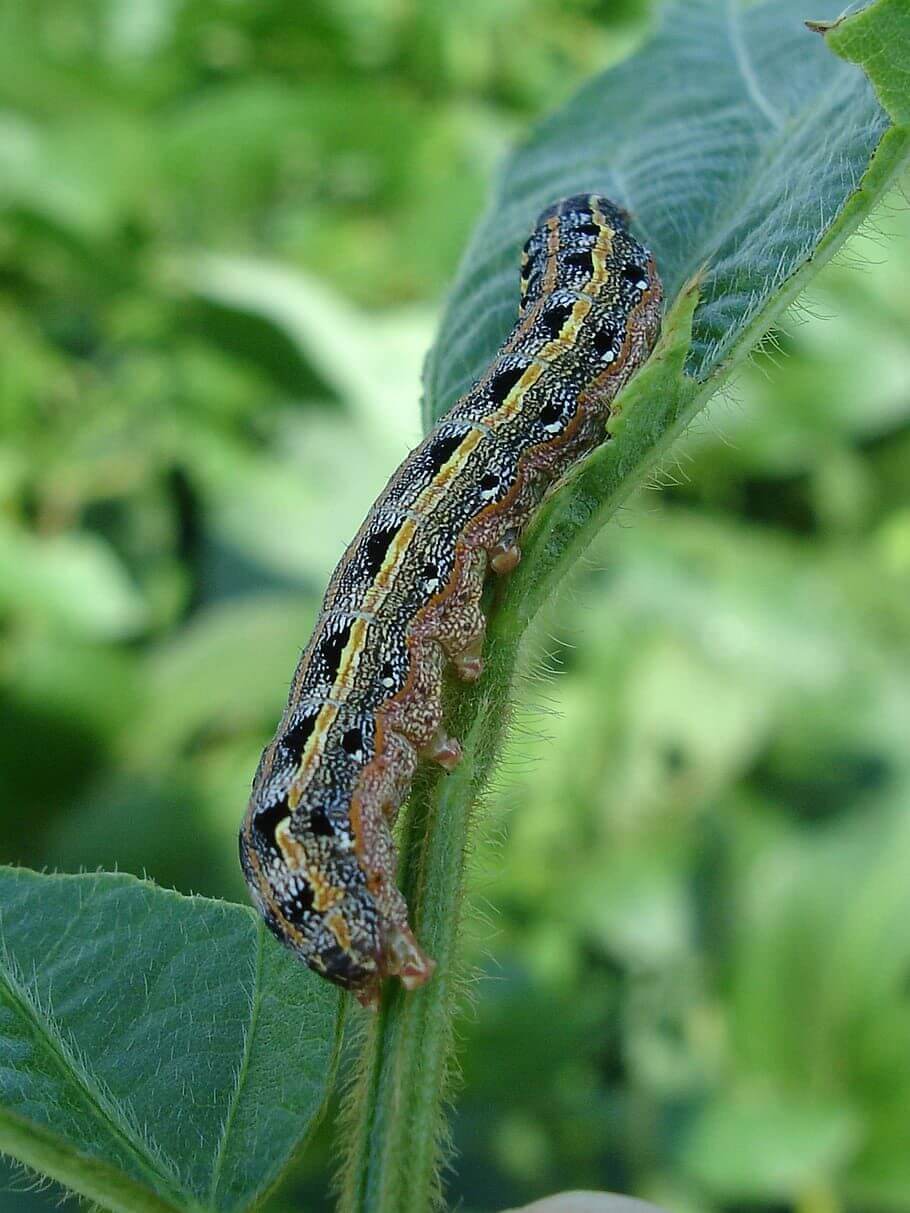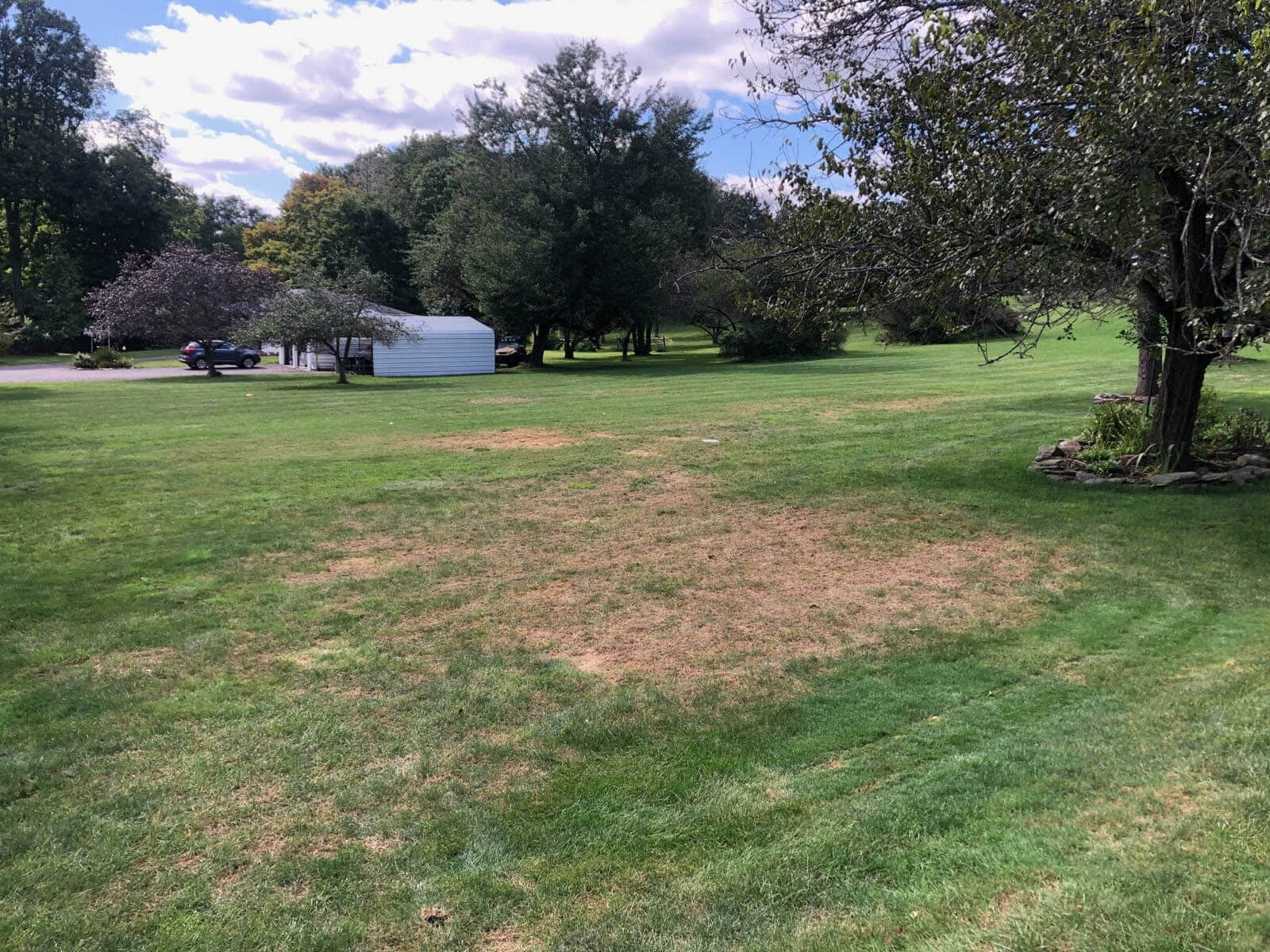Is Your Lawn Being Invaded By Armyworms?
There’s an army marching into the Northeast that could possibly end up in your backyard. We are talking about fall armyworms! These little soldiers are inching their way into our yards and this is the biggest outbreak experts say they have seen in decades.
They can devour a yard within a few days leaving you wondering what could have killed your turf grass so quickly. The damage looks like brown spots in the yard and resembles drought damage.
They typically are seen in late August into September. One of the first warning signs that you might have these troopers in your backyard is a large number of birds feeding in your yard.
How Do Fall Armyworms Get To Pennsylvania?
Fall armyworms are exceptionally vulnerable to cold and populations are assumed to die off each winter excluding some of the southern states. Fall armyworm infestations are common during “outbreak years,” when particularly large populations of the insects survive the winter and migrate north.
They get to our state by being picked up by fronts and weather from these southern states and travel through the jet stream or other weather events during their moth stage.
These moths will go dormant while traveling due to the colder air in the higher levels of the atmosphere before reaching the warmer surface, where they will resume their life cycle. This is typically when they will lay their eggs. Tiny caterpillars hatch in 5-10 days and eat for several weeks. They subsequently pupate and emerge as adults after approximately 10 days.
Inspecting Your Property For Armyworm Activity & Damage
Once the Armyworms have been appropriately identified you want to identify where the most activity is occurring.
When Should You Inspect?
Examine your lawn and garden for evidence of Armyworms to determine where the greatest activity is taking place, as well as where their eggs and larvae are concentrated. Scan your yard, paying special attention to any places where you see damage such as discoloration or dead grass.
Other Helpful Armyworm Control Tips
-
Look for areas of dead or diseased grass, since this is generally the first symptom of an infestation.
-
Look for armyworm webbing in the lawn thatch.
-
Crabgrass is a common host for armyworms, so keep it out of your yard.
-
Their larvae should be removed from garden plants.
-
Maintain a healthy lawn. Keeping your turf watered and well-nourished can help your lawn survive a low-level armyworm infestation.
To find out if pesticides are required, speak with a Turfcor Specialist. Insecticides may be required if the armyworm infestation is extensive and the armyworm population is substantial.

